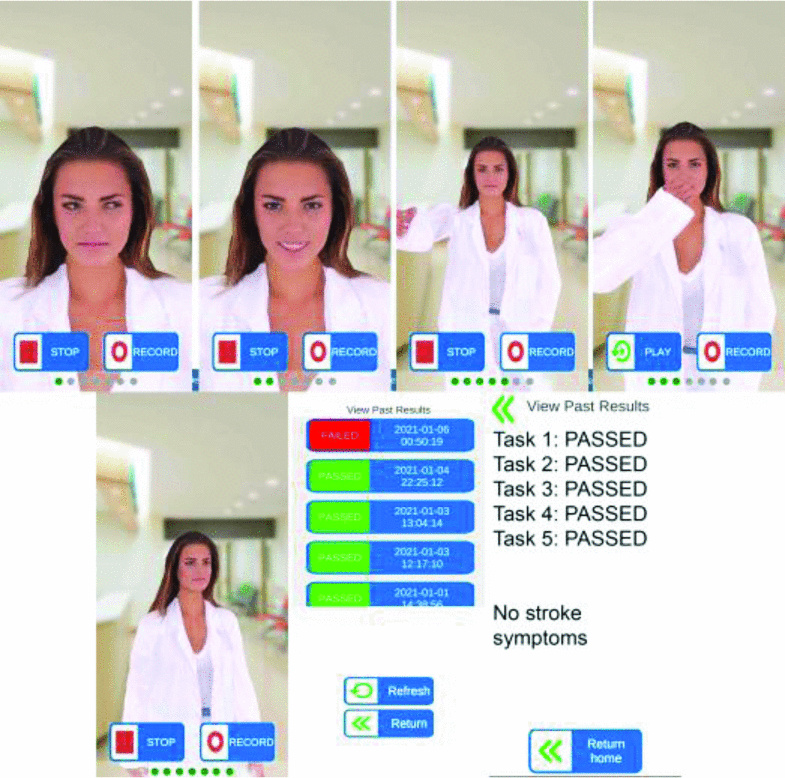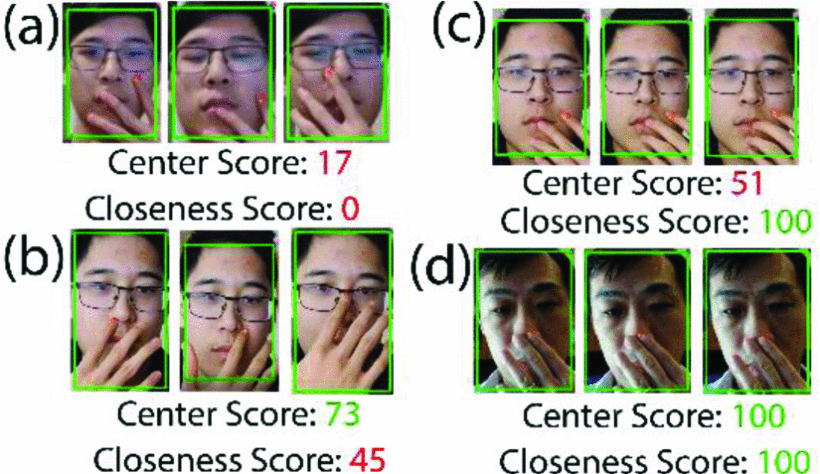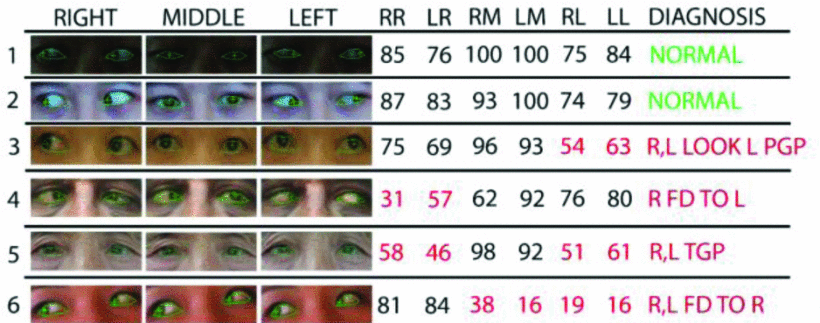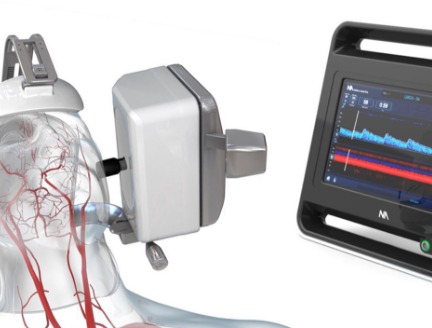


Outcomes Research
Houston Methodist and Pennsylvania State University Collaborate on a Smartphone App That Could Revolutionize Stroke Diagnosis
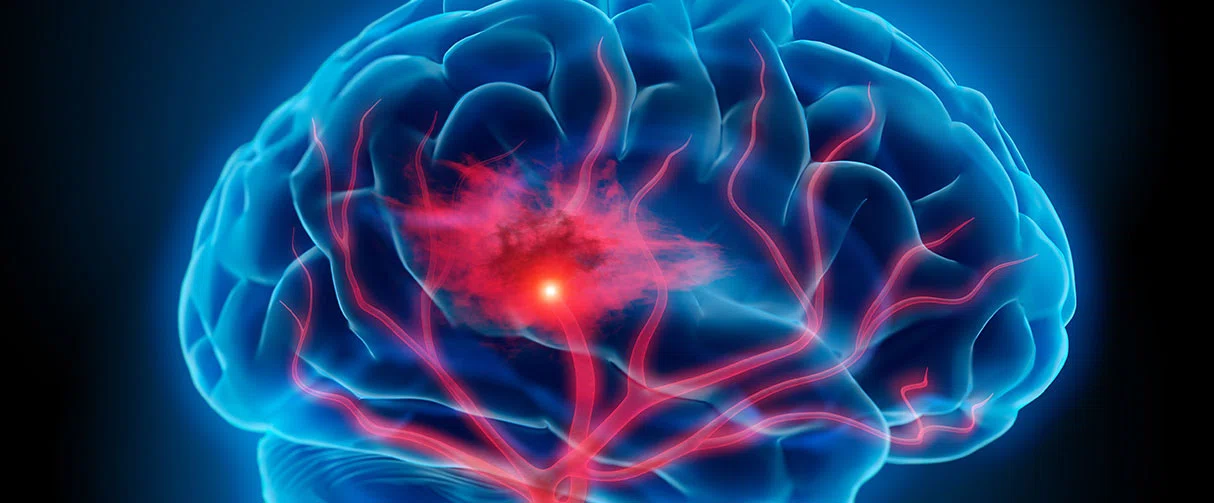
Diagnosing a stroke quickly in the Emergency Department (ED) is crucial. With each passing minute, millions of neurons are lost if a stroke goes undiagnosed and untreated, and time is lost for providing the best treatment options available. Severe strokes are obvious for physicians to diagnose, but often, patients exhibit minor to moderate stroke symptoms that can stem from stroke or other causes. If missed, these patients can end up waiting longer for an accurate diagnosis, thus delaying treatment, and possibly missing an opportunity to receive the best treatment.
The most effective diagnostic tool for ischemic stroke is the MRI, but it is limited by patient cooperation and has a prolonged turn-around time, delaying treatment, so it is not often used as a first line test in the ED. CT scans are simple to perform, but only show definite strokes, and will miss early changes and minor strokes. Also, in the case of a patient whom the ER does not suspect stroke, no stroke investigations will be performed. Neurologists can effectively use physical exam and history-based scores for triage in stroke diagnosis, but these scores lack accuracy and require wide-spread training. And while it would be ideal, it is not always possible to have a neurologist evaluate a patient in the ER.
To meet this diagnostic challenge, John Volpi, MD, Houston Methodist associate professor of clinical neurology, and his team, developed an effective — and rapid — stroke diagnostic tool.
At the 2021 Annual International Conference of the IEEE Engineering in Medicine and Biology Society, the Houston Methodist collaborative group of John Volpi and Stephen T.C. Wong, John S. Dunn presidential distinguished chair in biomedical engineering and professor of computer science and bioengineering in oncology, presented their work on a novel smartphone app developed in collaboration with researchers at Pennsylvania State University. The app uses a machine learning algorithm for computer-aided evaluation of facial movement weaknesses and speech in patients to determine the presence of stroke; it emulates the ED triage process using a smartphone.
The app is an intelligent-augmented lifelike avatar mobile app (iLAMA) designed to automate and streamline the NIH Stroke Scale physical examination by integrating computer vision and sensor readings. Designed for elderly patients, the app features an animated 3D model of a physician who guides the user through the exam consisting of five core tasks. The first two involve rolling the eyes to the left and then right, and then smiling as wide as possible. The app identifies facial landmarks and analyzes facial palsy. In the next task, the user extends the arm, holding the phone at shoulder level so the phone’s gyroscope can detect acceleration to determine possible arm weakness. Then the app tracks location of the hand key points and looks for ataxia-based accuracy of the touch locations. Finally, using an accelerometer, the app calculates the user's forward acceleration while walking and detects possible imbalances. The analyzed results of these tasks are then sent to a specified neurologist or stroke specialist for review.
By combining an AI tool with the emergency room physician’s clinical knowledge, this “augmented intelligence” innovation will expedite diagnosis and treatment for stroke patients and give caregivers piece of mind to make self-assessments. This novel approach will be a key advantage to preventing and/or surviving a stroke.
John Volpi, MD
Houston Methodist associate professor of clinical neurology
An Intelligent Augmented Lifelike Avatar App for Virtual Physical Examination of Suspected Strokes
To train the AI model, the researchers created a dataset from more than 250 Houston Methodist patients experiencing stroke symptoms. Using an iPhone to record the encounter, each patient performed a test to demonstrate their speech and communication. The results of the study were highly significant. Their app was 93% correct in detecting a possible stroke compared to the ER physician rate of 71%, and the app was also better at avoiding overdiagnosis with an accuracy of 79% compared to the physician’s rate of 73%. Of note, the app encounter took less than five minutes and did not have any additional data included, such as scan results or prior history that the physicians had.
This rapid stroke assessment app will allow expedited diagnosis of stroke by physicians, which will enable faster delivery of the most effective treatment options. Future versions of the app already under development will also give those at higher risk for stroke, and their caregivers, the ability to perform self-assessment immediately upon symptom presentation. This would further reduce the time from stroke onset to effective treatment and significantly improve patient outcomes and increase the chances of survival and recovery.
By combining an AI tool with the emergency room physician’s clinical knowledge, this “augmented intelligence” innovation will expedite diagnosis and treatment for stroke patients and give caregivers peace of mind to make self-assessments. This novel approach will be a key advantage to preventing and/or surviving a stroke.
Heather Lander, PhD, January 2022






